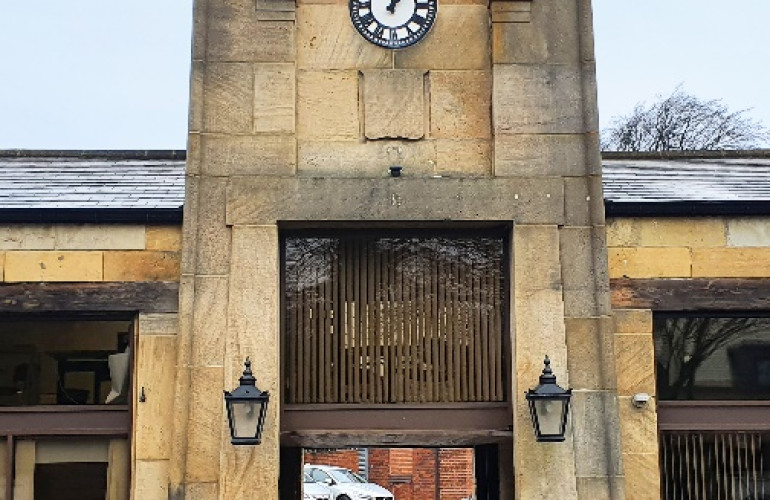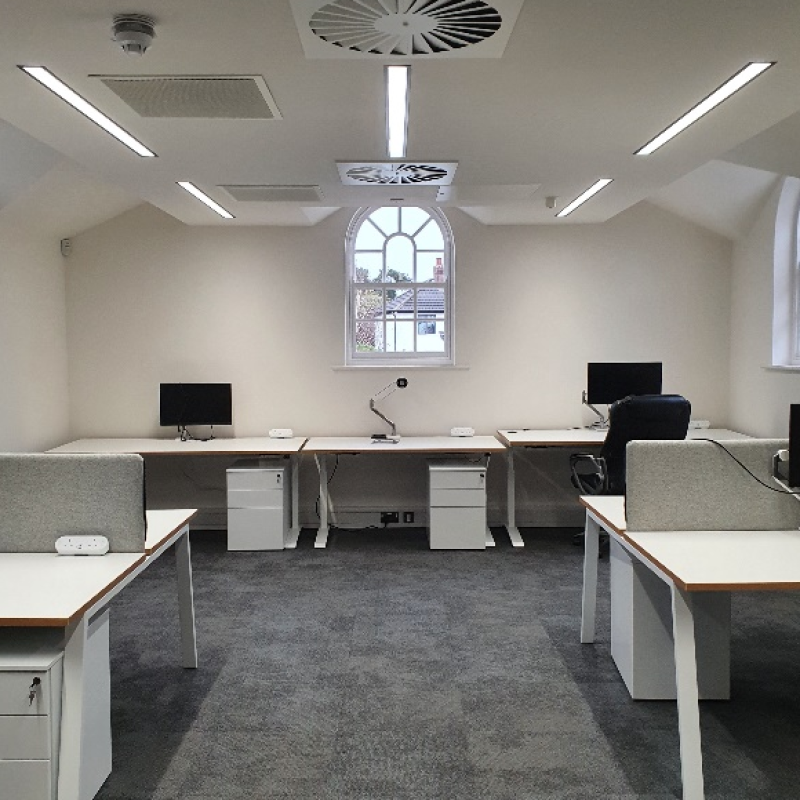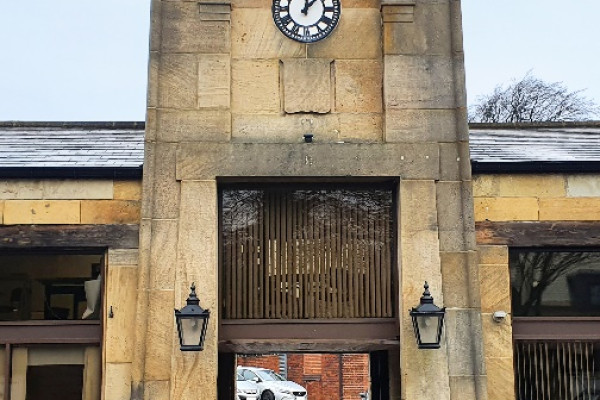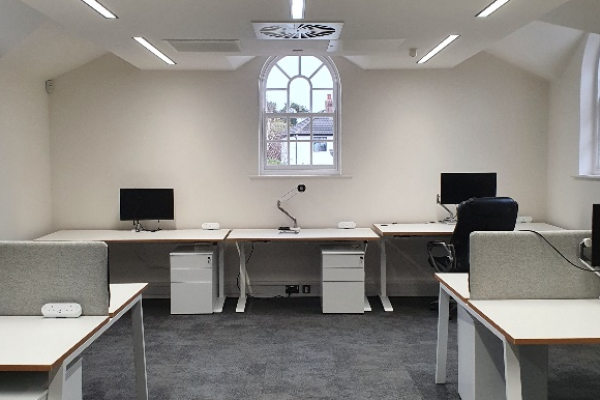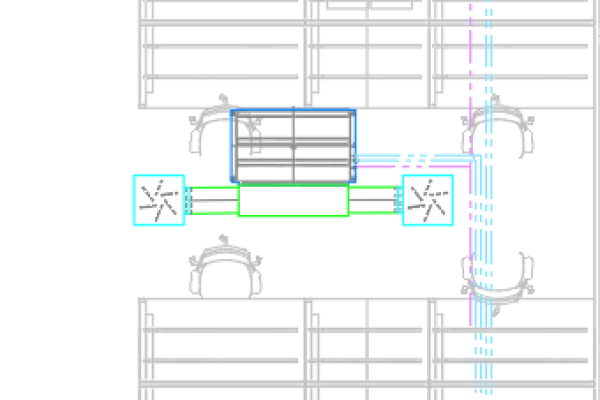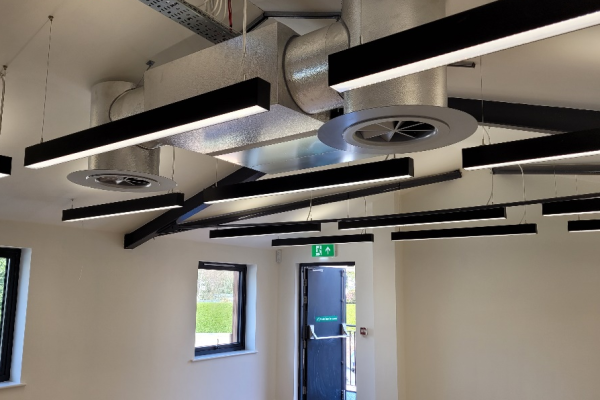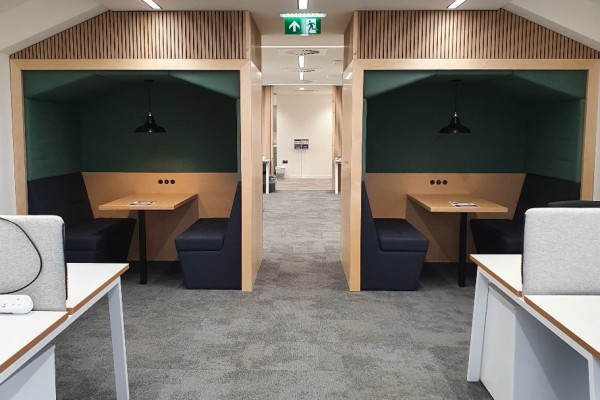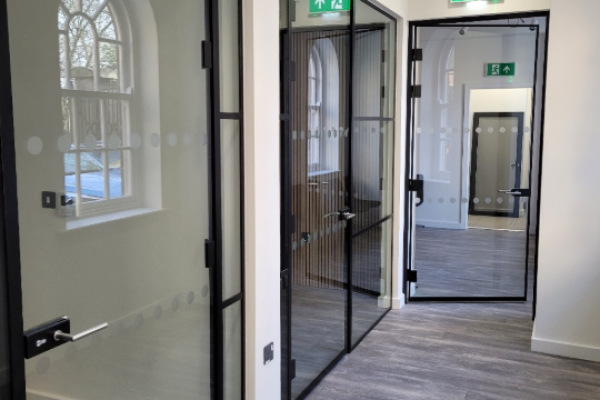
The Coach House
Challenge
The listed building built as coach house and stables features stone exteriors, slate roofs, a central archway with clock tower, round arched windows, ionic column flue stacks and central courtyard.
It was in use as headquarters and main office for a successful civil engineering company. There was a crucial need to refurbish and extend the accommodation to cater to an ambition for comfortable contemporary workplace with a high degree of amenity.
The project had to be executed in full respect of the listed status of the historic building.
The new building services installations had to extend off the current utility supplies. The project could not exceed the installed utility supply capacities.
Opportunity
To use high efficiency LED lighting and air conditioning to serve the building without exceeding the capacity of the existing electrical supplies.
To sensitively integrate modern building services installations including VRF Air Conditioning, Ventilation, Lighting, Data, Fire Alarm, Access Control, CCTV, Intruder Alarm, Electrical Distribution and Car Charging to create a comfortable workplace in this listed building.
To use an exposed mechanical and electrical services installation to enhance the appearance of the office space.
Engineering and Design
On first look at the building seemed to be similar of build throughout. However, investigations proved that a variety of ceiling void and roof constructions were present.
During the preliminary design stages, we carefully considered how to install the services in each space. Selections for the type of installation – exposed, ceiling void, ceiling rafts – were worked into the outline design drawings. The results were very detailed for a design and build scheme, however many of the issues were addressed early in the design process.
Our Approach
We provided outline design drawings and a mechanical and electrical performance specification.
We made preliminary calculations to size the services so that we could provide meaningful advice to the Architect for space planning.
We closely examined the ceiling heights, constructions, and roofs in each room to decide with the Architect on the best way to treat the services. A homogeneous style was achieved throughout by selecting either suspended, surface or recessed versions of the same luminaires to suit the chosen ceiling treatment.
We made use of the existing building penetrations for ventilation terminations to atmosphere and used the new extension to conceal additional ones so that the integrity of the building envelope was retained.
We specified new services throughout to bring the installations up to current standards designing in resilience for years to come.
Drawings were produced in AutoCAD.
Lighting calculations were generated in ReluxPro.
During the construction phase we met with the Construction Team on site, reviewed installation drawings and witnessed the services at handover.
Outcomes
Contemporary Building Services integrated into a Grade II listed building
Installations closely followed the outline design package
A comprehensive and dramatic lift in quality to this unique workplace

